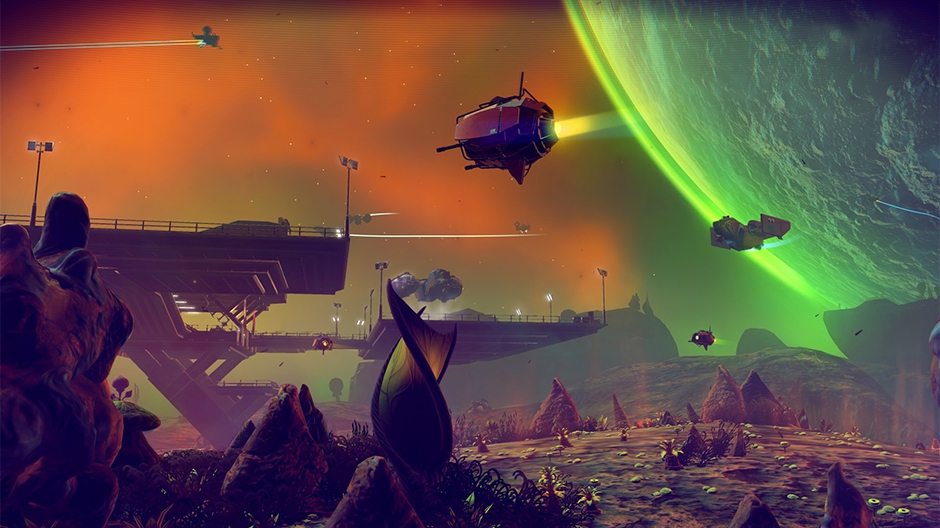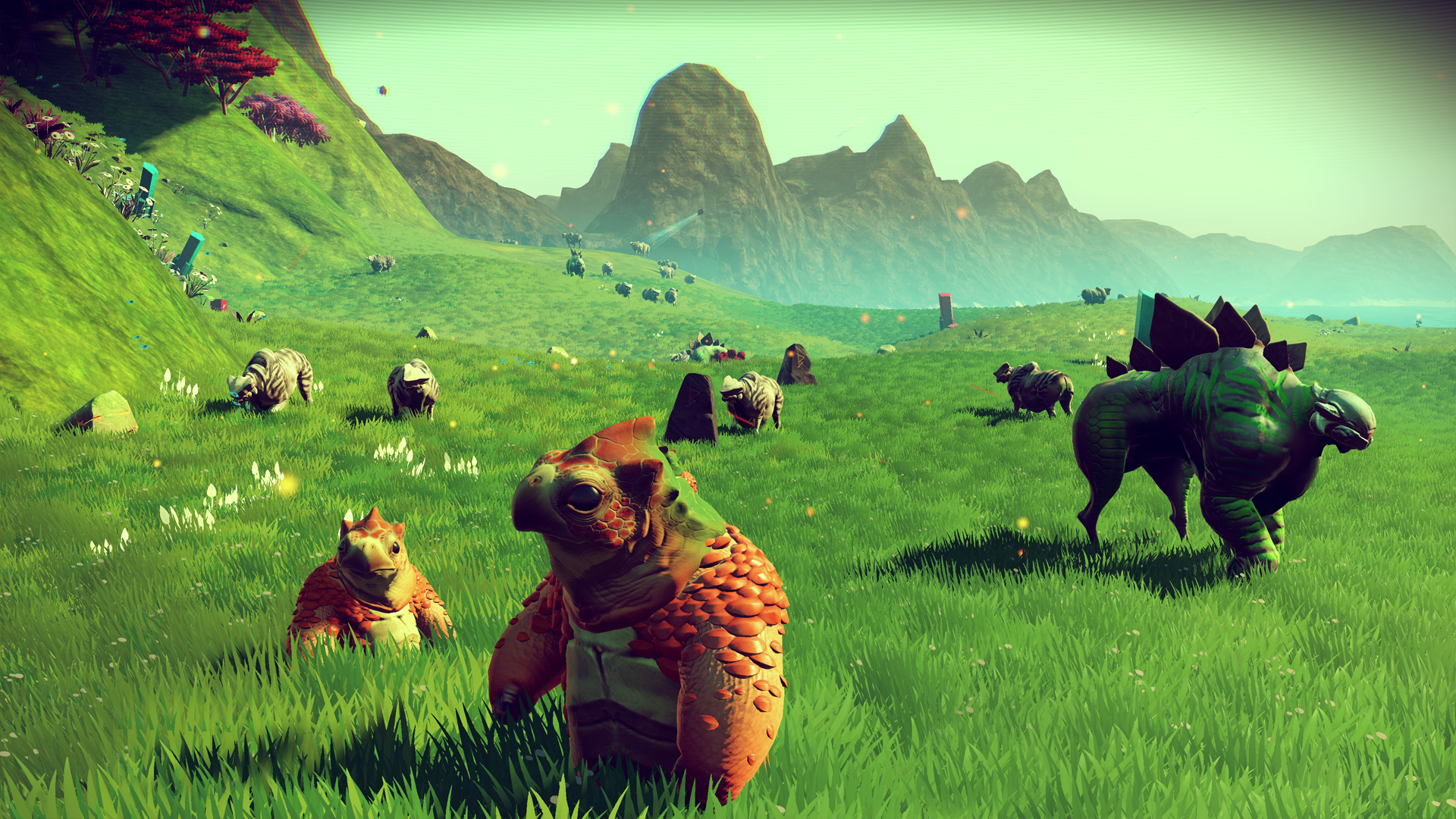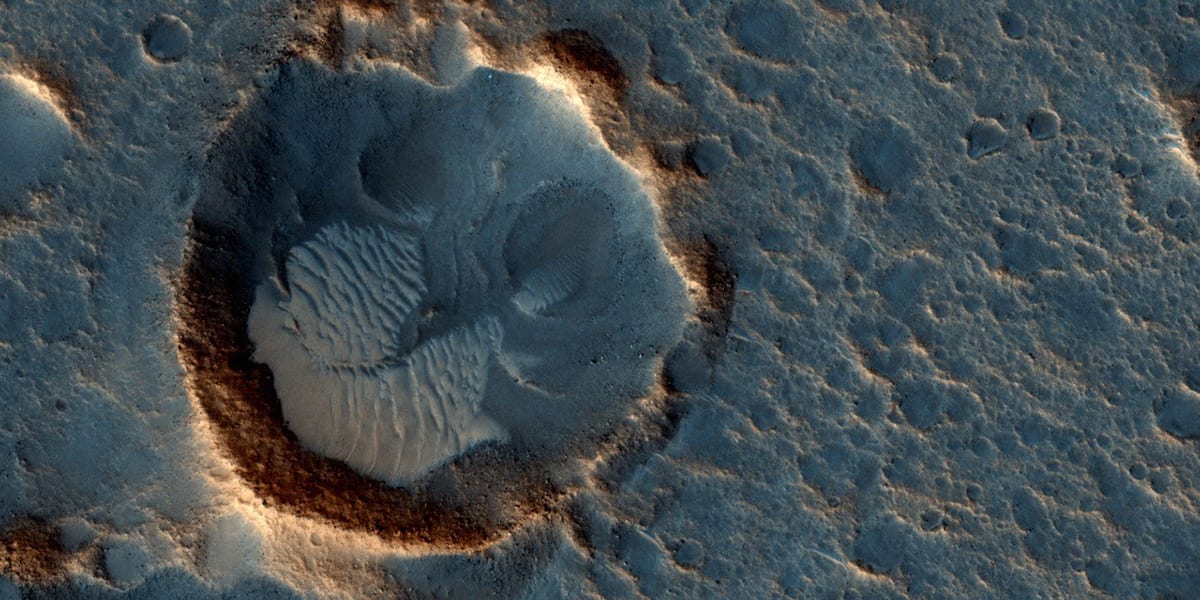Tag Archives: pathfinder
‘No Man’s Sky’ comes to Xbox this summer alongside huge update
 No Man's Sky is coming to Xbox One this summer and it's bringing a massive update, called "Next", with it. It's so massive, in fact, that it's even got its own logo. There's no word on what it'll include, but previous updates Foundation, Pathfinder a...
No Man's Sky is coming to Xbox One this summer and it's bringing a massive update, called "Next", with it. It's so massive, in fact, that it's even got its own logo. There's no word on what it'll include, but previous updates Foundation, Pathfinder a...
‘No Man’s Sky’ teases a new way to roam your home planet
 Exploring your home planet in No Man's Sky is about to get easier. Hello Games has announced it's adding a new vehicle to the space sim in its upcoming "Path Finder" update.
Exploring your home planet in No Man's Sky is about to get easier. Hello Games has announced it's adding a new vehicle to the space sim in its upcoming "Path Finder" update.
Our ongoing missions to Mars are over 50 years in the making
 A deep space mission to Mars will require more than a few bottles of Poland Spring and water reclamation is a complicated business. Luckily, recent research is showing that liquid water may be more prevalent on the red planet than previously though...
A deep space mission to Mars will require more than a few bottles of Poland Spring and water reclamation is a complicated business. Luckily, recent research is showing that liquid water may be more prevalent on the red planet than previously though...
Visualized: First photo using ISS-mounted ISERV Pathfinder zooms in on Panama
It's been a while since we last heard of the ISERV Pathfinder, an imaging instrument that consists of a camera, telescope and pointing system that was sent up to the International Space Station last July. Now it appears it's safely installed inside the Destiny module on the ISS and has captured its first ever image, seen above, a few weeks ago on February 16th. The high-resolution picture is of the Rio San Pablo, an ecological transition zone that's marked as a protected area by the National Environment Authority of Panama. Captured at three to seven frames per second with about 100 images per pass, photos like these are designed to transmit details of natural disasters and environmental mishaps to developing nations.
Even though NASA Marshall in Huntsville, Alabama is at the helm, it's in cahoots with researchers in Central America, East Africa and the Hindu Kush-Himalaya region to carry out its goal. Of course, they're still in the starting stages at the moment -- a few outstanding issues include the amount of sunlight needed and if the geometry of the ISS window affects the image -- but NASA hopes to open up the ISERV to other scientists in a few months once it has all its kinks worked out. To check out the stunning "first light" picture above in its full resolution, head on over to the source below.
Via: Space.com
Source: NASA Earth Observatory
